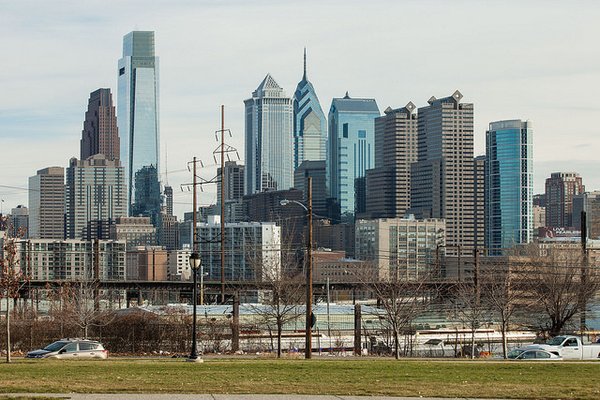Philadelphia's metro area population has fallen to seventh in the nation, eclipsed by Washington, D.C. and its surrounding metropolitan areas in Virginia and Maryland, according to new statistics released by the U.S. Census Bureau.
Despite nine consecutive years of population growth, the Philadelphia metro area, including Camden and Wilmington, fell to seven from number four a decade ago and number six in 2014 amid sustained growth in the Miami and Atlanta metro areas. Overall, the metro area added about 16,000 people over the last year, putting the total population at about 6.06 million for a three percent increase over 2014.
- RELATED ARTICLES
- Report: People live longest in Chester County in Pa., Burlington County, N.J.
- Survey: How does Philly feel about Philly?
- Philly ties for fifth among best tech cities to move to in 2016
Philadelphia's 1.6 percent population growth since 2010 trails the national rate of 3.9 percent during that period, a sign that the metropolitan area could flatline around this number as other areas, particularly in Texas and the Carolinas, experience growth in the range of three percent.
As The Philadelphia Inquirer points out, Philadelphia's modest growth has been sustained by a steady birthrate and influx of immigrants, comprising about 50,000 of the city's 105,000 new residents from 2010-2015. Those gains haven't outweighed the departure of thousands of residents during that period, a trend driven by factors including Philadelphia's troubled school system, high taxes and subdued growth industries.
Much of Philadelphia's population growth over the last decade has been led by the arrival of millennials. Those gains, however, could prove difficult to maintain as this group gets older and faces the economic and educational factors noted above, especially in light of promising opportunities elsewhere.
On the other hand, the emerging population patterns of Generation Z could offset millennial movement in the coming years as Philadelphia continues to boast top-tier universities that thrive on innovation in STEM fields.
Notably, this year's Census found that four metro areas in Texas, led by Houston and Dallas, collectively added more people over the last year than any state other than Texas as a whole. Americans have increasingly favored warmer climates in areas that show encouraging development or rapid industrial formations, like the Bakken shale boom in North Dakota, which contributed to the four highest county population increases in the country.
The top five most populous metro areas in the United States held relatively firm, led by New York City, Los Angeles, Chicago, Washington, D.C./Baltimore and San Francisco/San Jose.

